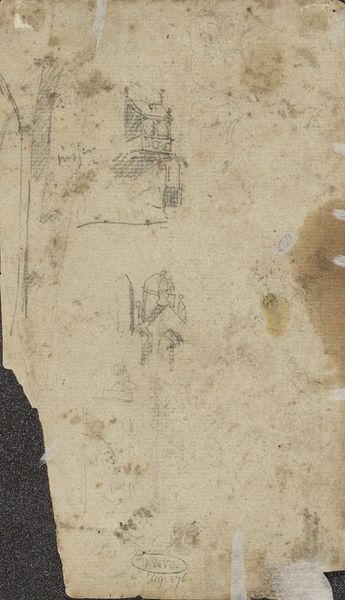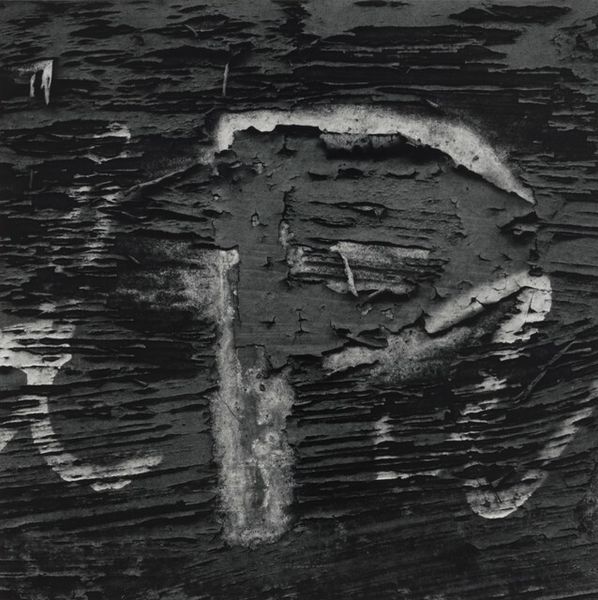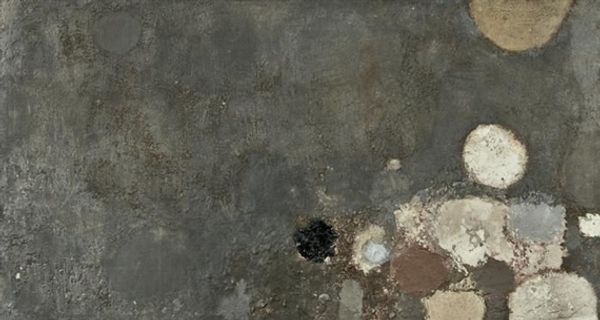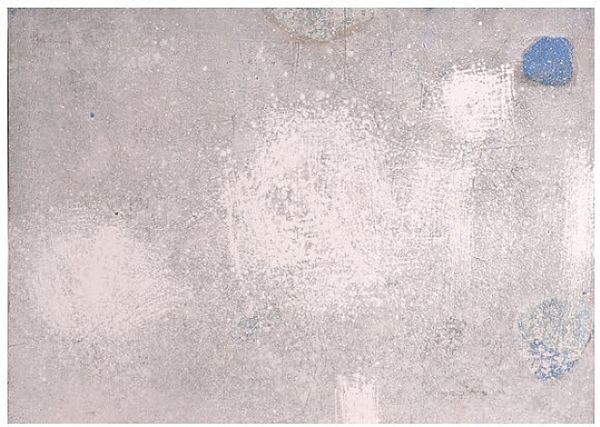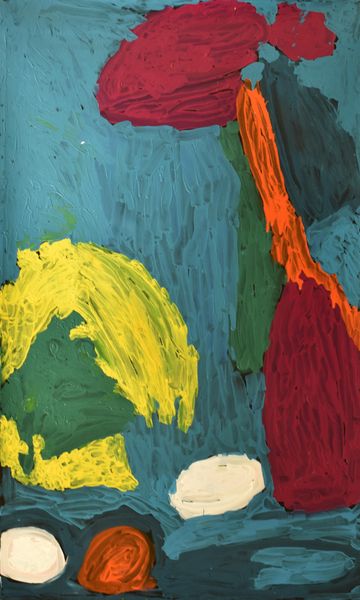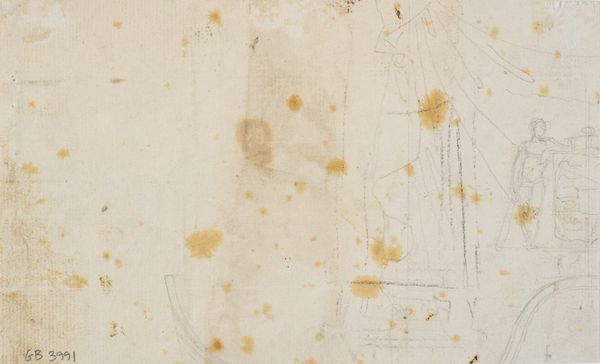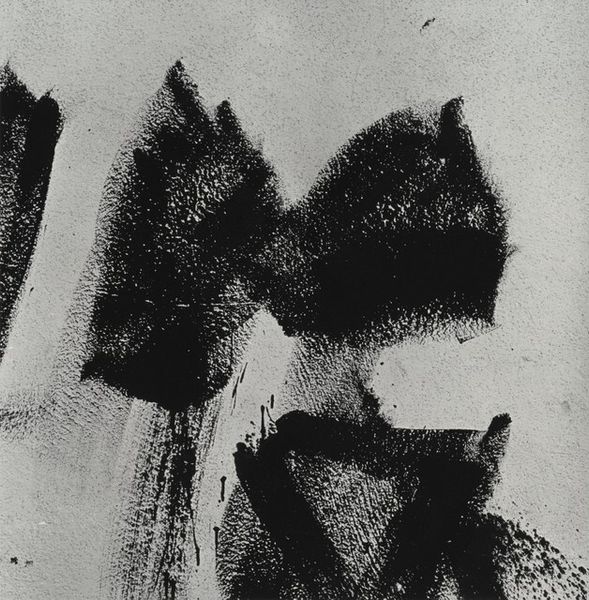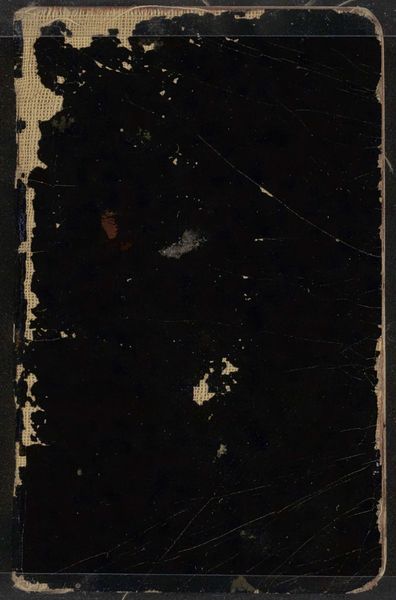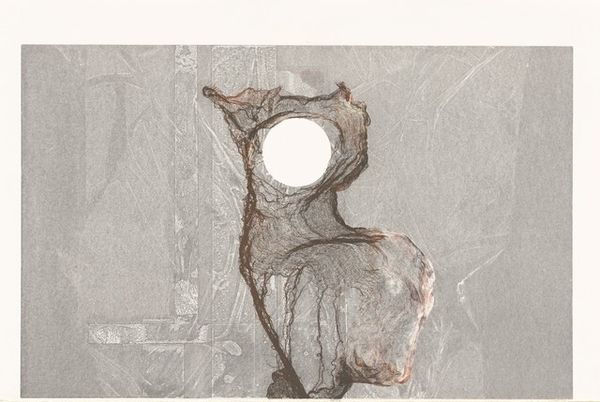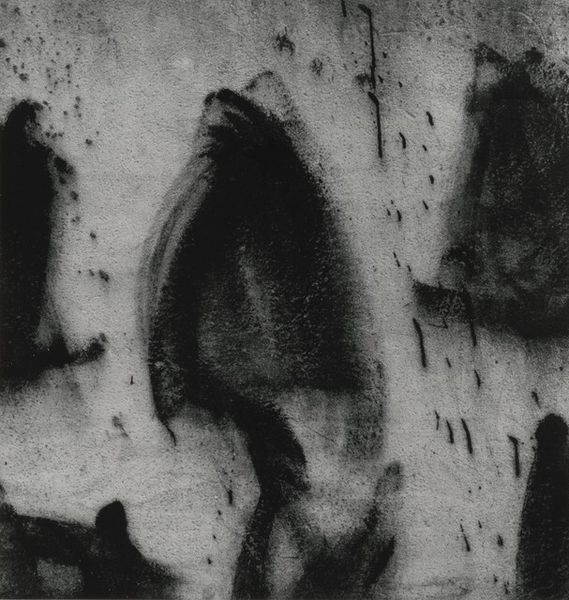
Copyright: Carl Buchheister,Fair Use
Editor: We're looking at "Komposition Eli" by Carl Buchheister, made in 1958. It's a mixed-media piece, almost entirely monochrome. The textures are so rich. What do you see when you look at this work? Curator: I see an engagement with the materiality of paint and a departure from traditional notions of composition. Consider the time period – post-war Europe, a society grappling with rebuilding and re-evaluating its values. The seemingly haphazard application of paint, the scratching, the layering... What does that suggest about the means of production itself, the artist's studio practice? Editor: It seems very experimental, not polished at all. I'm guessing that might have been the point? Curator: Exactly! This isn't about creating a beautiful image in the conventional sense. Buchheister seems interested in the *act* of making, in the labor and process that constitutes art. The use of mixed media challenges the hierarchy of art materials. Was this piece meant to be challenging accepted forms of high art? Editor: Absolutely! It's so rough. All the textures are really fighting against a clean, smooth surface, with matter literally added on it. What were Buchheister's influences? Curator: Think about the broader art world. Action Painting in the United States was exploring similar concerns – the gestural application of paint as a direct expression of the artist's body and emotion. Yet, there are obvious differences. This is mixed media so more in line with European approaches to materiality perhaps responding to that earlier readymade impulse. Editor: That makes a lot of sense. The European influences shine through when considering his medium choice! Curator: Precisely. By examining his processes, we move closer to decoding his motives for producing this artwork in this way, especially in context of available materials at the time. Editor: It’s really fascinating to think about it that way - how the process itself is so crucial to understanding the piece! Curator: And how it challenges what we think art "should" be. I find this really shifted my perspectives on the artist.
Comments
No comments
Be the first to comment and join the conversation on the ultimate creative platform.
